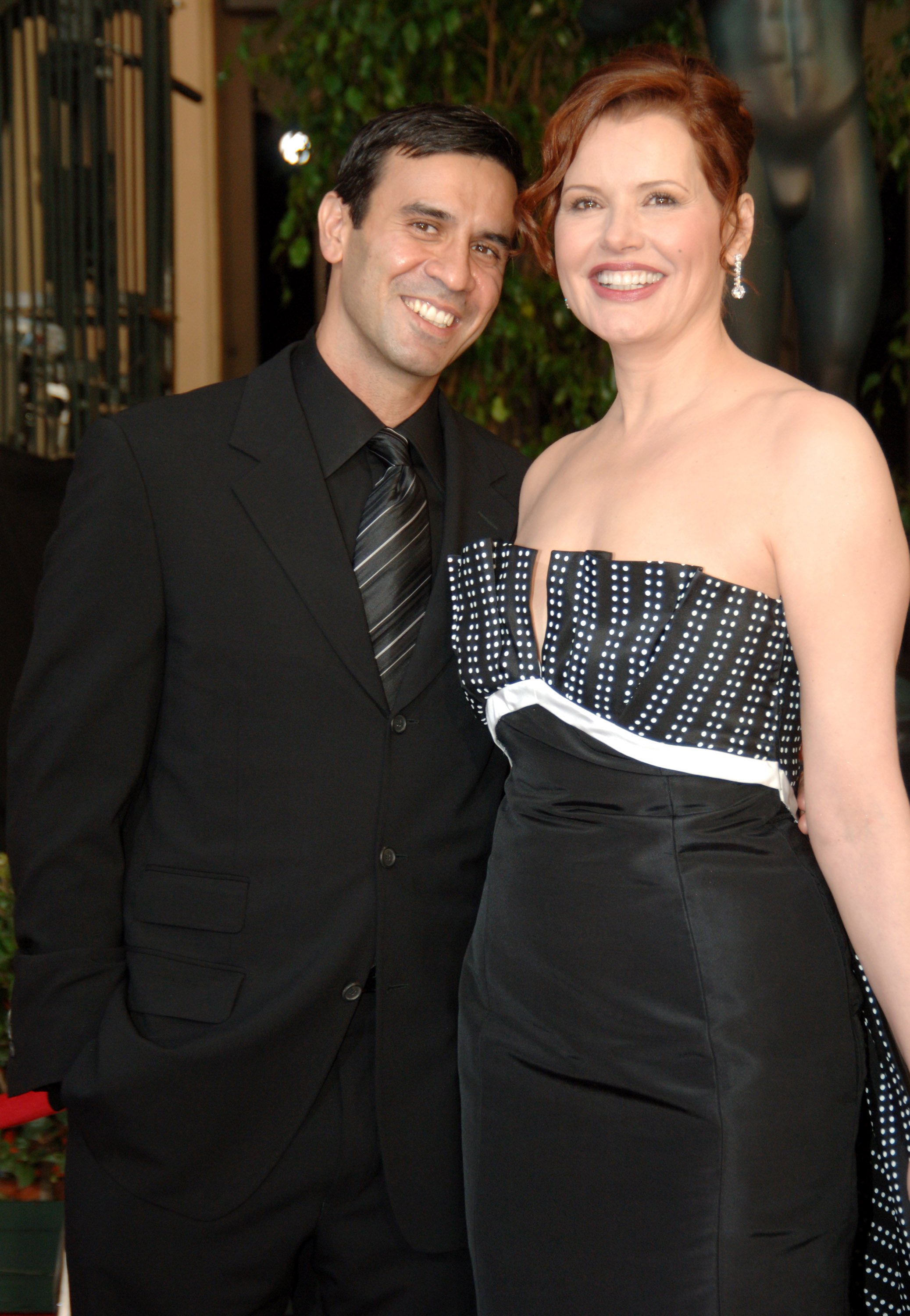Kaiis Steven Jarrahy - Exploring Patterns And Pace
Sometimes, you come across ideas that just stick with you, like a catchy tune or a fascinating puzzle, and they make you think about how things work, really. It's almost as if some concepts have a way of showing up in so many different places, from the very structured world of numbers to the fast-moving excitement of a race track. You know, these connections, they just make you look at everything a little differently, as a matter of fact.
There's a quiet thrill in figuring out how things fit together, whether it's the way a series of numbers unfolds or the precise timing of a big sporting event. It's about seeing the threads that tie seemingly separate ideas into something cohesive, and that, is that, something quite special. We often find ourselves looking for order, even in places that seem a bit chaotic at first glance, don't we?
This whole idea of finding patterns and understanding motion is something that touches on so many parts of our lives, from how we approach a simple calculation to how we watch a high-speed competition. It's about the beauty of structure and the energy of movement, and how both can be so compelling, in a way. This is what we'll be thinking about as we consider the name Kaiis Steven Jarrahy, and what it might bring to mind.
- Hoda Kotb Pictures
- Chris Stapleton Football Picture
- Krispy Kreme Ghostbusters Doughnuts
- Shemar Moore Memes
- Is Kathy Griffin Gay
Table of Contents
- Biography of Kaiis Steven Jarrahy
- How Does Kaiis Steven Jarrahy Connect with Numbers?
- Kaiis Steven Jarrahy and the Thrill of the Race
- Different Ways to Look at Things with Kaiis Steven Jarrahy
- The Lasting Impact for Kaiis Steven Jarrahy
Biography of Kaiis Steven Jarrahy
When we hear a name like Kaiis Steven Jarrahy, it naturally brings to mind thoughts of someone with a particular path or story, doesn't it? People often wonder about the background, the life experiences, or the accomplishments that shape an individual. However, in this specific discussion, the information we have at hand doesn't provide those personal details, so we can't really share a traditional life story or a list of personal facts. What we can do, though, is think about the kind of interests or areas of study that someone with a curious mind might find appealing, like the very structured world of mathematics or the exciting realm of high-speed sports. It's a way of exploring ideas that could connect with a person's journey, even without knowing the specifics, in some respects.
Instead of focusing on specific biographical points, which aren't available to us here, we can consider the broader scope of how certain principles and events might capture the attention of someone like Kaiis Steven Jarrahy. Perhaps it's the underlying order in numerical sequences that sparks an interest, or maybe it's the dynamic energy and strategic elements of a major sporting contest. These are areas where observation, analysis, and a good grasp of how things progress are really quite important. It's about looking at how different elements come together to create a larger picture, and that, is a pretty neat thing to think about, actually.
So, while we might not be able to fill out a detailed profile, we can certainly talk about the kinds of fascinating topics that could be part of anyone's intellectual landscape, including someone named Kaiis Steven Jarrahy. It's about appreciating the beauty in patterns, whether they are found in abstract numbers or in the thrilling movements of a race. This approach allows us to delve into the subjects that matter, without making up any details about a person we don't have information on, which is, you know, the right way to go about it. We're just looking at the ideas themselves, and how they might resonate.
- Who Is Amber Rose Dating Now
- Morgan Wallen Bartender
- Nicole Richie And Brody Jenner
- May 1 Astrology
- Jj Gf In Real Life
How Does Kaiis Steven Jarrahy Connect with Numbers?
Numbers, in a way, tell stories, and some of the most captivating tales are found in sequences that appear over and over again in nature and even in art. For someone like Kaiis Steven Jarrahy, who might appreciate order and predictability, the world of number patterns offers a lot to explore. It's about seeing how one number leads to the next, creating a flow that can be both simple to grasp and surprisingly complex in its applications. This kind of numerical thinking is a bit like solving a puzzle where the pieces always fit perfectly, so, it's quite satisfying.
When we talk about finding specific numbers within these series, it's like asking a system to pinpoint a particular spot in a long line, right? You tell it where the line begins and where you expect it to end, and it does the math to find the value you're looking for. This kind of calculation is a good example of how computers can follow rules to get precise answers, which, you know, is very useful for many things. It shows how a clear set of instructions can help us understand numerical progression, more or less.
The idea of using a repeating process, like a 'for loop' in computer talk, to build up one of these number lines is pretty clever, too. It means you don't have to manually figure out each step; the computer just keeps adding numbers in the right way, one after another, until it builds the whole series for you. This is how we get those familiar number strings that just keep going, like 0, 1, 1, 2, 3, 5, 8, 13, 21, 34, and so on. It's a fundamental concept in computing, and it really shows how repetition can create something quite intricate, basically.
What is a Fibonacci Sequence, Kaiis Steven Jarrahy Might Ask?
So, what exactly is this Fibonacci sequence that Kaiis Steven Jarrahy might be curious about? Well, it's a very famous string of numbers where each number after the first two is simply the sum of the two numbers that came before it. It starts with 0 and 1, and from there, it just builds on itself. Think of it like this: 0 plus 1 gives you 1, then 1 plus 1 gives you 2, then 1 plus 2 gives you 3, and so on. It’s a very natural way for numbers to grow, and it shows up in unexpected places, apparently.
The mathematical way to write this idea down is something like "the number at position 'n' plus two is equal to the number at position 'n' plus one, added to the number at position 'n'." That's just a fancy way of saying what we just talked about: the next number is the sum of the two preceding ones. It's a simple rule, but it creates a sequence with some really interesting properties, and that, is kind of fascinating, you know. It’s a beautiful illustration of how simple rules can lead to complex and elegant outcomes.
There are, in fact, lots of different ways to figure out these Fibonacci numbers, which is pretty cool. You can approach it from several angles, and each method has its own particular way of getting to the same correct answer. This variety in how you can solve the same problem is a bit like having different routes to the same destination; some might be quicker, some might be more scenic, but they all get you there. It shows the flexibility in how we can work with numbers, which is, in a way, very empowering.
Getting Numbers in Place for Kaiis Steven Jarrahy
If you're like Kaiis Steven Jarrahy and you're learning to work with these kinds of number patterns using a computer language like Python, it's pretty straightforward to get started. We can look at how to find a specific number in the sequence, say, the fifth number or the tenth number, and also how to print out the whole series up to a certain point. It's like telling the computer, "Show me just this one, or show me everything up to here," and it does it for you, which is very helpful, actually.
We can use different ways to make this happen in Python, from writing efficient little programs that do the job quickly to making sure everything runs smoothly. It's about picking the right tool for the job, whether you want to be super fast or super clear in your code. This is a good way to understand how programming lets you control how data is handled and processed, and that, is a pretty important skill to pick up, obviously.
For example, in Python, you can use things called 'loops'—either a 'for' loop or a 'while' loop—to go through a range of numbers. These loops let you add up what's needed to get the next term in the sequence. It's like having a little assistant that just keeps doing the math for you, step by step, until the sequence is built. This is a very common way to handle repetitive tasks in programming, and it’s quite simple once you get the hang of it, you know.
There are, truly, many paths to calculating this number series in Python. We can start with the most basic approach, which is often just using a loop. It’s a good first step because it’s easy to see what’s happening, and it lays the groundwork for more advanced methods. Here's a very simple example of how you might begin to think about it. It’s a foundational piece of understanding, and it’s where many people start their journey into programming patterns, as a matter of fact.
Learning how to create the Fibonacci sequence in Python using different methods is a really valuable exercise. You can use loops, or a technique called 'recursion' where a program calls itself, or even 'dynamic programming' and 'generators,' which are more advanced ways to handle these kinds of calculations. It's about having a toolkit of different strategies, so you can pick the best one for whatever you're trying to achieve. I mean, having options is always good, right?
For instance, if you give a value of 5 to a simple program designed to show the Fibonacci sequence, it will give you 0, 1, 1, 2, 3. This shows you exactly how the sequence unfolds from the start, up to that fifth position. It's a clear demonstration of the rule in action, and it helps you see the pattern immediately. This kind of direct feedback is super helpful when you're learning something new, and it just makes sense, you know.
Kaiis Steven Jarrahy and the Thrill of the Race
Beyond the world of abstract numbers, there's the exciting arena of high-speed competition, where precision and timing are just as important. For someone who might appreciate dynamic action and strategic thinking, like Kaiis Steven Jarrahy, the Brazilian Grand Prix in Formula 1 is a pretty compelling event. It's a contest where human skill, engineering prowess, and a bit of luck all come together on the track, making for a truly captivating spectacle. The history of this race alone is quite interesting, stretching back many years, as a matter of fact.
This particular motor race, known in its home country as the "Grande Prêmio do Brasil," has been a significant part of the global Formula 1 championship for a long time, running regularly from 1973 all the way up to 2019. There was even an earlier event in 1972, which kind of set the stage for its official inclusion. It's a race with a rich past, full of memorable moments and incredible performances, and that, is a big part of its appeal, you know. It’s a testament to its enduring popularity and excitement.
If you were looking at the schedule for the Brazilian Grand Prix in 2024, you'd find all the times
- Krispy Kreme Ghostbusters Doughnuts
- Kylie Cantrall Macys Parade
- Trump Administration Removes Ban On Segregated Facilities In Federal Contracts
- Who Is Dating William Levy
- Is Colleen Zenk Married

Geena Davis Kaiis Steven Jarrahy

Geena Davis Kaiis Steven Jarrahy

Geena Davis Kaiis Steven Jarrahy